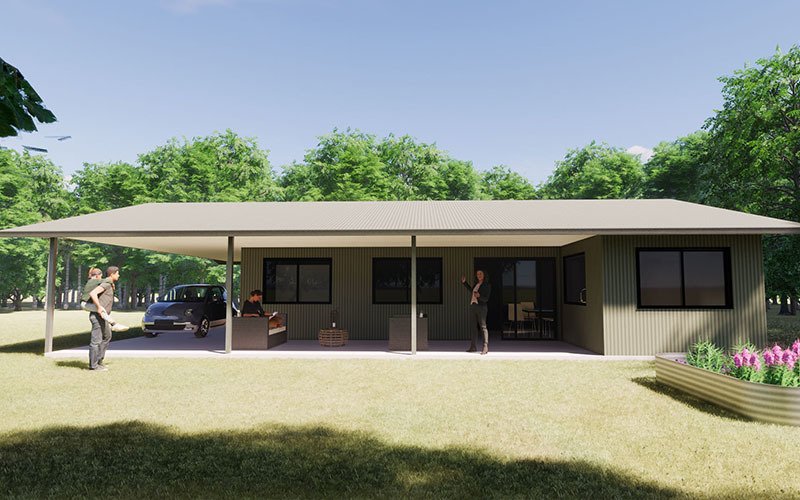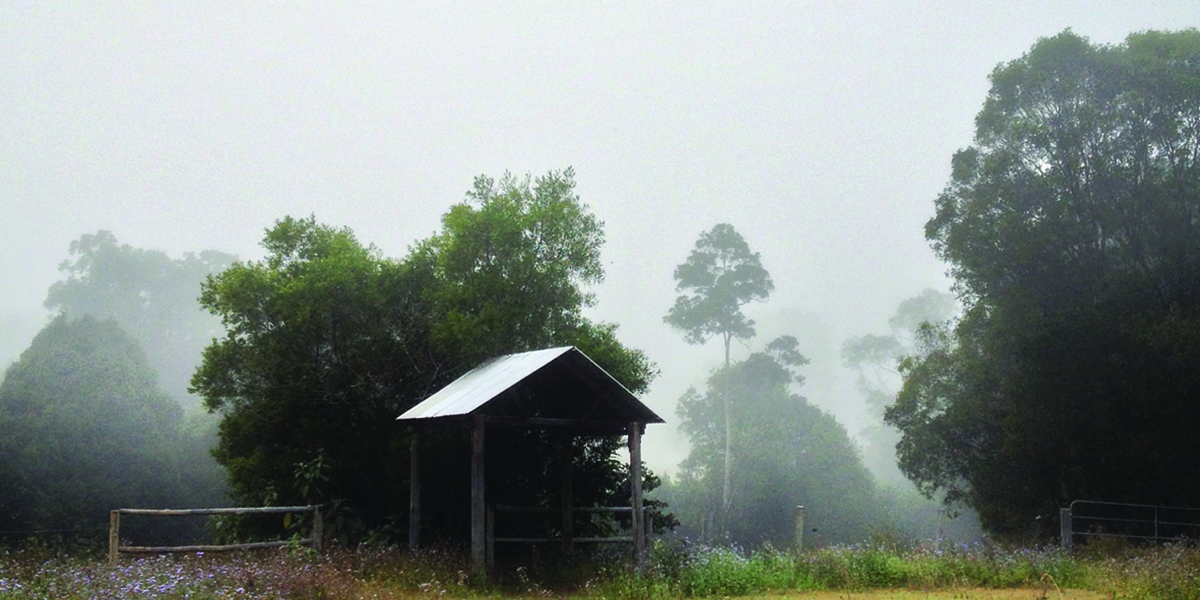
What it means to be in control of your utilities, environment, and the materials you use. We delve into the true off-grid cost. Vaughn and Louise talk about their experience designing, building, and living off-grid.
Making Size Count
Without a doubt, to live in today’s society with less financial outgoings is a major benefit with the continual rise in costs of utilities. It seems a no brainer to purchase your own ‘utility’ equipment and receive electricity and water free of charge. Essentially, you can remove your quarterly power and water/effluent bills and charges.
Factoring in these costs is similar to designing a 120m2 home instead of 200m2. What benefit do you truly receive by having an extra room? Extra rooms means extra heating and cooling requirements, which outweighs the benefit. It becomes a trade-off and cost-ratio balance of lessening space and ‘bells and whistles’ for the inclusion of utility equipment (which are your real bells and whistles).
Living off-grid is about balance to achieve minimal cost. You must remember that for the design to work you will need to include enough roof area to ‘harvest’ rain. A formula is applied to calculate this correctly. You are ‘harvesting’ the sun too, which identifies an off-grid home as a machine that generates resources. You are your own utility provider and shareholder in the future. Knowing that, for Vaughn and Louise, reducing their outgoings through interconnecting passively with the immediate environment, means a world to them, and offers a simple financial solution for everyone.
Start enjoying the off grid lifestyle, begin your obligation free quote on your customised home! We can run through the off-grid costs with you today.
Take Into Consideration... The Off-Grid Cost
With off-grid design, it is also about downsizing to an efficient space/utility ratio with the following criteria to take into consideration:
•Roof square metre area to harvest enough water for continual top-up of water tanks.
•Roof square metre area to place solar panels in a Northerly direction.
•Internal floor space with open plan design, to benefit natural ventilation and the air-conditioning requirements which will not deplete or surpass solar supply or battery storage.
•If using a concrete slab floor, enough glass exposure to Northerly direction for passive solar heating; sunlight heating the concrete slab thermal mass for slow release of warmth at night.
•How big does your bathroom or bedroom need to be? Again just enough space for efficient use is all that is required.
•Applying efficient spatial design to lessen wasted space.
•Simplicity of design to mitigate ease of movement and workflow in the spaces, and lessen mental stress, i.e. living in a ‘mouse maze’ of corridors can be a detriment to efficiency and health.
•Connecting with the environment through views and ventilation, and outside/inside space integration with extended width (6m long in our design) sliding doors.
•Ceiling height proportion benefits scale and emotional response. Our ceilings are gabled at 3.4 metres high, which assists ‘lightness’ of experience (over low ceiling ‘oppression’) through the 4 metre wide pavilion.

Choosing The Materials
Through using Zincalume, steel frames, and concrete flooring, Vaughn and Louise have applied a utilitarian approach that supports longevity of design with minimal maintenance. The Zincalume has a 20 year warranty, which adds to the value of the property. Nil painting required is another bonus for this material choice. Overall there is a fire prevention measure associated with the design and material choice. No eaves for embers to penetrate, stainless steel gutter guard to protect from embers entering the roof cavity, water tanks at each end of the home, and cleared space around the home’s footprint contribute to effective measures for preventing bushfire attack. Upgrading to stainless steel mesh fly screens over fibreglass would further assist bushfire mitigation risk.
Vaughn and Louise chose instantaneous gas hot water as the cost of a solar hot water system was too much; they would have to upgrade the solar battery system and still have gas boost for the solar hot water. Including gas also provides an efficient fuel source for their gas cooktop. There is a balance throughout the design to achieve efficient off-grid cost overall. Read more about off-grid living here.
